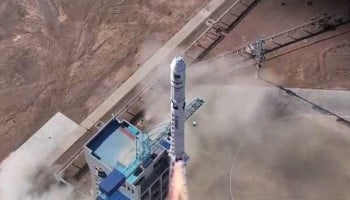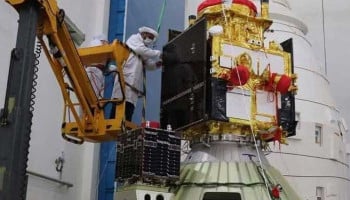
In a remarkable development, the National Aeronautics and Space Administration (NASA) in collaboration with General Atomics Electromagnetic Systems (GA-EMS) has successfully tested a new nuclear thermal propulsion (NTP) fuel.
The experiments were conducted at NASA's Marshall Space Flight Centre in Alabama, with the aim to determine if the fuel could withstand the extreme conditions of space.
This significant development marks a step towards using nuclear-powered rockets for future space missions, including journeys to Mars and the Moon.
The experiments exposed the fuel to six thermal cycles using hot hydrogen gas, with temperatures reaching 2,600 Kelvin.
According to General Atomics, the results confirmed that the fuel can survive the extreme conditions of space.
The fuel maintained its integrity even under these conditions, showcasing that an NTP system using this fuel could operate more efficiently than conventional chemical rockets.
It’s worth noting that for the experiments, GA-EMS used NASA’s Compact Fuel Element Environmental Test (CFEET) facility.
"We are the first company to use CFEET facility to successfully test and demonstrate the survivability of fuel after thermal cycling in hydrogen representative temperatures and ramp rates," Christina Back, vice president of General Atomics Nuclear Technologies and Materials noted.
The NTP rockets will significantly reduce the travel time for the crewed missions beyond Earth.
















